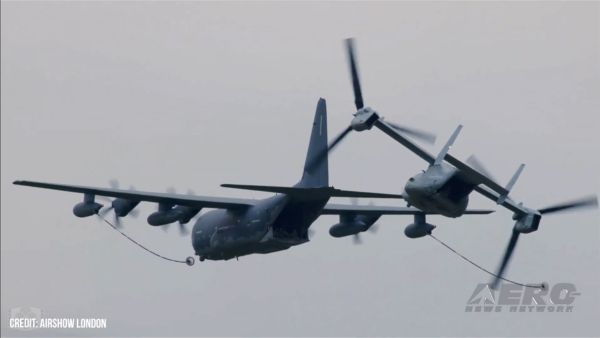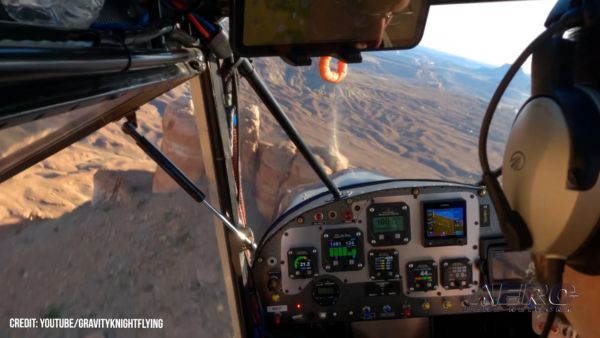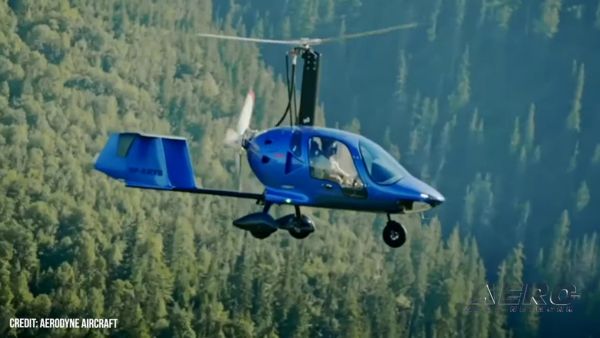Spacefaring Company Builds On The Success Of Starship’s Second Flight Test
Elon Musk's revolutionary space company is disclosing some of the lessons learned from the most recent Starship flight trials.
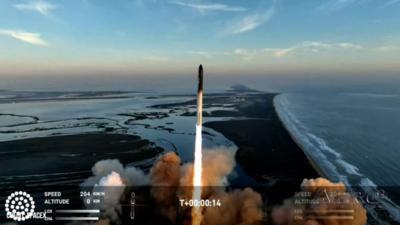
They explained that, "The second flight test of Starship and Super Heavy achieved a number of important milestones as we continue to advance the capabilities of the most powerful launch system ever developed."
On November 18, 2023, Starship successfully lifted off at 7:02 a.m. CT from Starbase in Texas. All 33 Raptor engines on the Super Heavy Booster started up successfully and, for the first time, completed a full-duration burn during ascent. Starship then executed a successful hot-stage separation, the first time this technique has been done successfully with a vehicle of this size.
Following stage separation, Super Heavy initiated its boostback burn, which sent commands to 13 of the vehicle’s 33 Raptor engines to propel the rocket toward its intended landing location. During this burn, several engines began shutting down before one engine failed 'energetically,' quickly cascading to a rapid unscheduled disassembly (RUD) of the booster. The vehicle breakup occurred more than three and a half minutes into the flight at an altitude of ~90 km over the Gulf of Mexico.
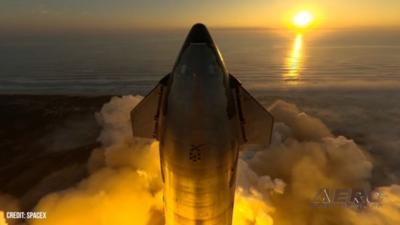
The most likely root cause for the booster RUD was determined to be filter blockage where liquid oxygen is supplied to the engines, leading to a loss of inlet pressure in engine oxidizer turbopumps that eventually resulted in one engine failing in a way that resulted in loss of the vehicle. SpaceX has since implemented hardware changes inside future booster oxidizer tanks to improve propellant filtration capabilities and refined operations to increase reliability.
At vehicle separation, Starship’s upper stage successfully lit all six Raptor engines and flew a normal ascent until approximately seven minutes into the flight, when a planned vent of excess liquid oxygen propellant began. Additional propellant had been loaded on the spacecraft before launch in order to gather data representative of future payload deploy missions and needed to be disposed of prior to reentry to meet required propellant mass targets at splashdown.
A leak in the aft section of the spacecraft that developed when the liquid oxygen vent was initiated resulted in a combustion event and subsequent fires that led to a loss of communication between the spacecraft’s flight computers. This resulted in a commanded shut down of all six engines prior to completion of the ascent burn, followed by the Autonomous Flight Safety System detecting a mission rule violation and activating the flight termination system, leading to vehicle breakup. The flight test’s conclusion came when the spacecraft was as at an altitude of ~150 km and a velocity of ~24,000 km/h, making this the first Starship to reach outer space.

SpaceX has implemented hardware changes on upcoming Starship vehicles to improve leak reduction, fire protection, and refined operations associated with the propellant vent to increase reliability. The previously planned move from a hydraulic steering system for the vehicle’s Raptor engines to an entirely electric system also removes potential sources of flammability.
The water-cooled flame deflector and other pad upgrades made after Starship’s first flight test performed as expected, requiring minimal post-launch work to be ready for vehicle tests and the next integrated flight test.
Following the flight test, SpaceX led the investigation efforts with oversight from the FAA and participation from NASA, and the National Transportation Safety Board.
Upgrades derived from the flight test will debut on the next Starship and Super Heavy vehicles to launch from Starbase on Flight 3. SpaceX is also implementing planned performance upgrades, including the debut of a new electronic Thrust Vector Control system for Starship’s upper-stage Raptor engines and improving the speed of propellant loading operations before launch.
SpaceX concluded their report, saying, "More Starships are ready to fly, putting flight hardware in a flight environment to learn as quickly as possible. Recursive improvement is essential as we work to build a fully reusable launch system capable of carrying satellites, payloads, crew, and cargo to a variety of orbits and Earth, lunar, or Martian landing sites."
 ANN's Daily Aero-Term (05.10.24): Takeoff Roll
ANN's Daily Aero-Term (05.10.24): Takeoff Roll Aero-News: Quote of the Day (05.10.24)
Aero-News: Quote of the Day (05.10.24) Airborne 05.06.24: Gone West-Dick Rutan, ICON BK Update, SpaceX EVA Suit
Airborne 05.06.24: Gone West-Dick Rutan, ICON BK Update, SpaceX EVA Suit Airborne 05.03.24: Advanced Powerplant Solutions, PRA Runway Woes, Drone Racing
Airborne 05.03.24: Advanced Powerplant Solutions, PRA Runway Woes, Drone Racing Aero-News: Quote of the Day (05.11.24)
Aero-News: Quote of the Day (05.11.24)



